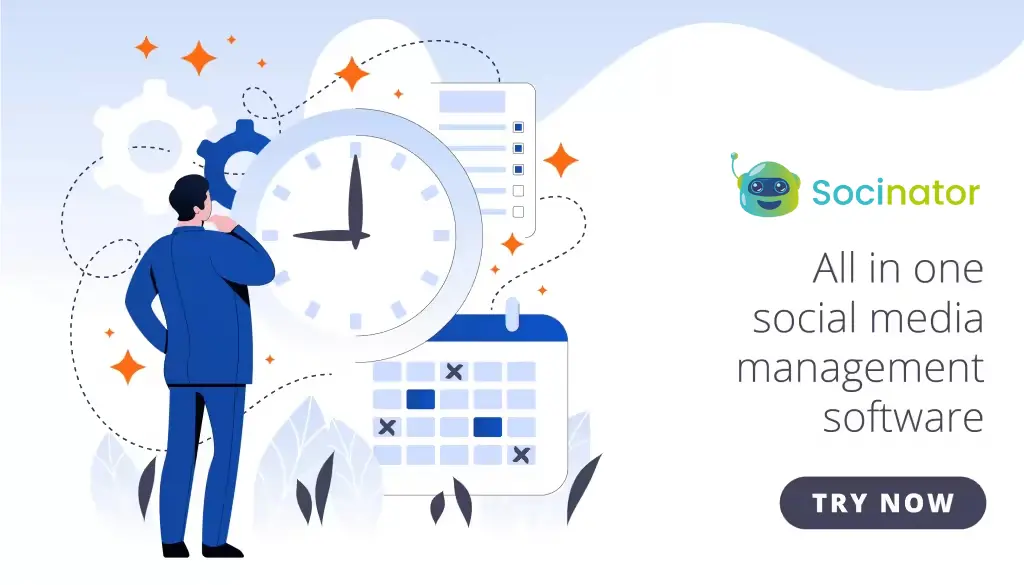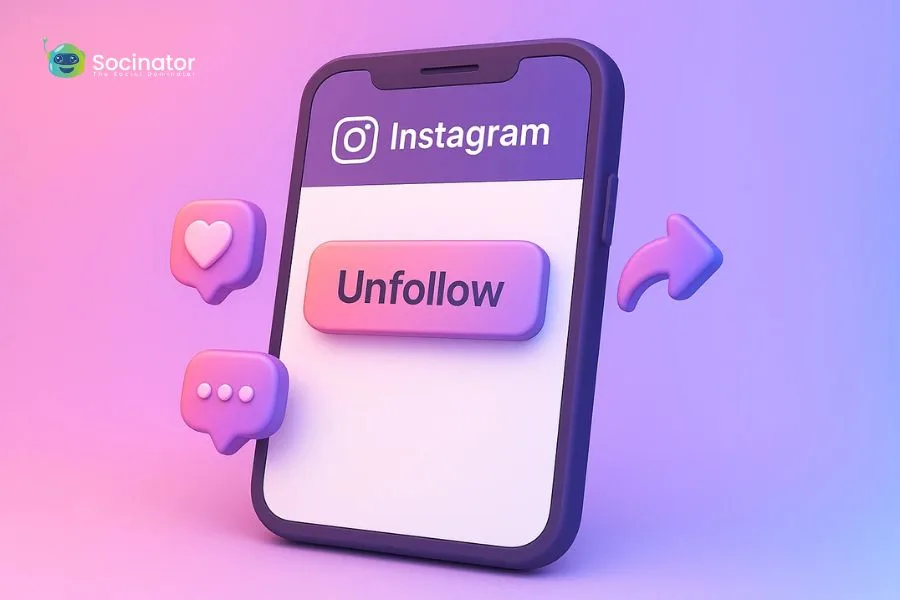In today’s market, relying solely on advertising for your business growth just doesn’t cut it anymore. Customers are becoming increasingly aware of the brands they engage with. That’s why companies that depend only on ads often find it tough to build trust in such crowded markets. With competition on the rise, people are expecting more from brands than ever before. Businesses that focus on customer led growth are in tune with real customer needs and can respond more quickly, leading to better conversion rates..
This shift has introduced a new approach where customers shape how brands evolve. Instead of pushing messages, brands learn directly from real experiences. This leads to products people genuinely want and communication that feels authentic. Trust grows naturally when customer voices guide decisions. In this blog, you’ll learn the principles, benefits, and strategies behind this customer-driven approach.
Hit ‘Play’ Button & Tune Into The Blog!
What Is Customer Led Growth?
 It is a business approach where customers directly influence how a brand acquires new users, improves products, builds marketing strategies, and drives long-term retention. Instead of relying heavily on paid campaigns, the brand uses customer insights, preferences, and real experiences to guide major decisions.
It is a business approach where customers directly influence how a brand acquires new users, improves products, builds marketing strategies, and drives long-term retention. Instead of relying heavily on paid campaigns, the brand uses customer insights, preferences, and real experiences to guide major decisions.
In this model, customers do more than just buy; they participate. Their feedback shapes product improvements & stories fuel marketing. Their positive experiences bring in new users. And their loyalty becomes a powerful foundation for sustainable expansion.
Customer led growth works because it aligns business strategy with what people genuinely want. When customers feel valued, heard, and empowered, they naturally become advocates, helping brands grow through trust, authenticity, and meaningful engagement rather than advertising noise.
Why Customer Led Growth Matters In 2025 And Beyond?
1. Trust Has Shifted Towards Real People:
Customers no longer rely on brand-pushed messaging. They trust real experiences shared by real users across platforms especially through reviews, communities, and social media customer service, where brands interact transparently and instantly. This approach taps into that shift by making customer stories, journeys, and satisfaction the center of marketing and product evolution.
2. Advertising Costs Are Skyrocketing:
Every platform, from Google to Meta, has seen major spikes in ad costs. Companies using this approach naturally reduce their dependency on high-cost ad channels because their customers become their most trusted promoters.
3. Retention Is Now the Biggest Growth Lever:
Acquiring customers is expensive; retaining them is profitable. This approach strengthens retention by ensuring customers feel heard, valued, and empowered.
4. Modern Consumers Want Personalization:
Customers engage more with brands that reflect their preferences and solve their real problems. By using customer insights as the backbone of decisions, customer led growth ensures personalization happens naturally.
Also Read:
How To Master Social Media Customer Service
How Customer Led Growth Differs From Product Led Growth And Marketing Led Growth?
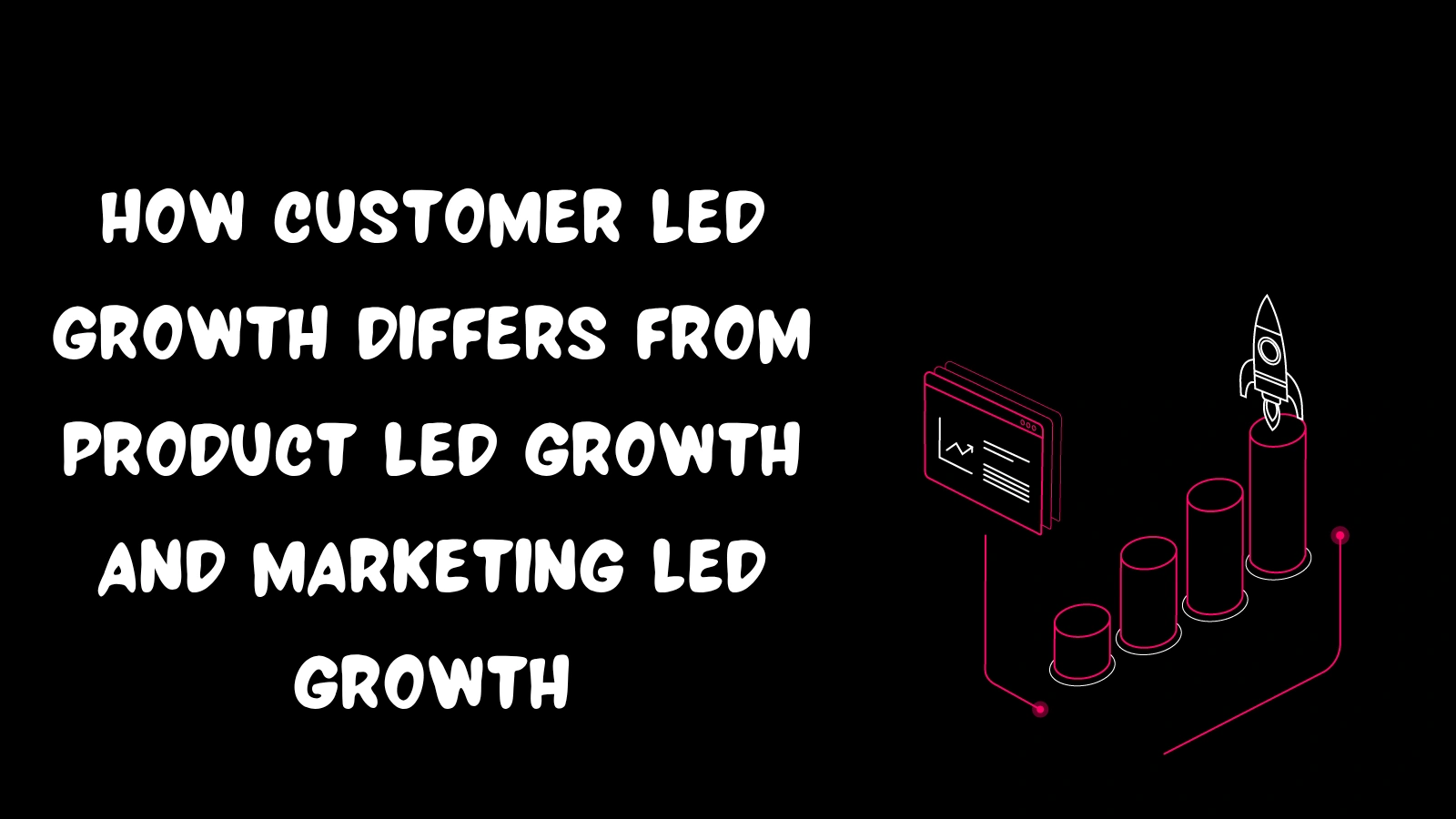 Although often grouped together with other growth models, this approach is fundamentally different in how it prioritizes customer insight and participation.
Although often grouped together with other growth models, this approach is fundamentally different in how it prioritizes customer insight and participation.
1. Not the Same as Product Led Growth (PLG):
PLG relies on the product itself as the primary engine of acquisition, activation, and expansion. The focus is on features, usability, and in-product value.
In contrast, this model begins with deep customer feedback, pain points, and behavior patterns. The product evolves because customers guide the direction, ensuring updates, features, and improvements reflect real needs, not assumptions.
2. Not the Same as Marketing Led Growth:
Marketing-led strategies prioritize campaigns, channel optimization, and messaging frameworks to drive visibility and conversions.
Here, instead of brands crafting the narrative alone, customers influence it through their stories, reviews, and shared experiences. Brands amplify these authentic voices to build trust, credibility, and social proof that traditional marketing can’t match.
3. A Holistic, Cross-Team Approach:
PLG and MLG typically operate within product or marketing teams.This approach, however, touches every department, support, product, sales, onboarding, success, and even leadership.
The goal is to create a unified system where the entire organization works together to elevate the customer experience, turning satisfied users into advocates and long-term partners.
Benefits Of Adopting Customer Led Growth
1. Stronger Community and Brand Loyalty:
When customers know they influence decisions, they feel emotionally connected. This naturally boosts loyalty, which is essential for sustainable growth. A brand built on customer trust consistently outperforms those relying solely on paid visibility.
2. Faster Feedback Loops:
Because this approach encourages constant feedback, brands detect problems early and improve faster. It reduces guesswork, shortens product development cycles, and ensures updates truly match customer expectations.
3. Increased User Advocacy:
Customers love referring products they trust. With this approach, advocacy becomes consistent and authentic, giving brands stronger credibility than ads.
To enhance this advocacy, the right tools matter. Socinator helps brands stay consistent, listen to their audience, and amplify customer-driven conversations. Its scheduling, monitoring, and engagement automation makes it easier to connect with customers and encourage advocacy across platforms.
4. Lower Customer Acquisition Cost (CAC):
Satisfied customers reduce the dependence on paid ads, leading to cheaper acquisition. Word-of-mouth, referrals, and user-generated content become long-term sources of free, high-quality leads.
5. Real-Time Market Alignment:
Customer opinions reveal market shifts faster than any analytics dashboard. When brands truly listen and adapt, they stay competitive and relevant, even in rapidly evolving industries.
Ultimately, it empowers brands to nurture lasting advocacy with minimal effort.
The Core Pillars Of Customer Led Growth
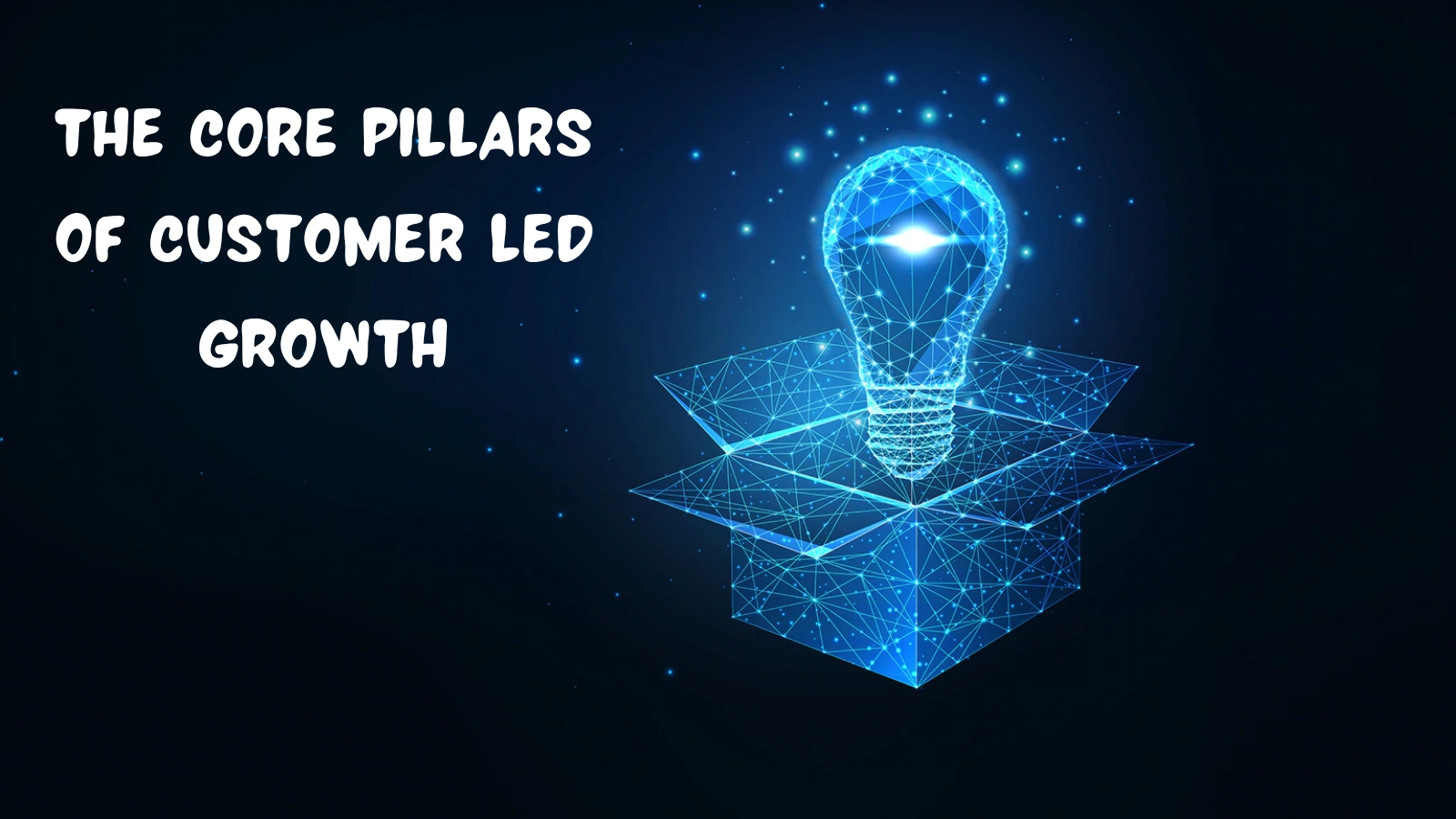 To put this approach into action effectively, brands need to understand the core pillars that drive it.
To put this approach into action effectively, brands need to understand the core pillars that drive it.
- Customer Insights: Data from reviews, feedback forms, surveys, and conversations reveal what customers truly want.
- Customer Experience: Every touchpoint, from onboarding to support, directly influences brand perception.
- Customer Advocacy: Turning happy users into promoters is a foundational aspect of customer led growth.
- Customer Partnership: Customers become collaborators in shaping product roadmaps and marketing direction.
Examples Of Customer Led Growth In Action
One common CLG example is when brands build strong customer communities that actively contribute to product discussions. These communities share feedback, create helpful content, and inspire new ideas, turning customer insights into continuous improvement and organic promotion.
Another effective example is when brands involve customers directly in product development. By inviting users to vote on features, test early versions, or share real-world input, customers feel valued and naturally become advocates during and after launch.
In both cases, brands grow not just through marketing campaigns but through authentic relationships, shared experiences, and customer-driven collaboration.
How To Build A Customer Led Growth Strategy?
Every brand is capable of adopting this customer-driven strategy, no matter its size or industry. Below are practical steps that can help you implement this approach with maximum impact.
1: Build Deep Customer Understanding
Interview Real Users:
One-on-one conversations give honest, unfiltered insights.
Collect Feedback Across Multiple Channels:
Social media comments, chat transcripts, NPS surveys, review platforms, and support tickets are valuable sources to improve customer loyalty and retention through better understanding.
Identify Intent, Pain Points, and Behavior Patterns:
Understanding what customers feel and think is the foundation of any customer-driven approach.
2: Map the Complete Customer Journey
A journey map helps you find gaps where experiences can be improved.
Analyze Emotional Peaks and Lows:
Where do customers feel frustrated? Where do they feel delighted?
Fix Friction Points:
Every barrier reduces loyalty. Adjusting these touchpoints strengthens your overall customer-driven approach.
3: Build a Customer Engagement System
Engagement systems transform one-time buyers into long-term brand supporters.
Communities:
Create customer groups on Discord, Facebook, or Slack.
Support Channels:
Fast, empathetic support is core to customer led growth.
Content Co-Creation:
Let customers share tips, stories, and user-generated content.
4: Turn Customers Into Advocates
Advocacy doesn’t happen magically; it requires structure.
Launch a Referral Program:
Reward users for spreading the word.
Encourage User Reviews:
Showcase real experiences on product pages and ads.
Amplify UGC:
User content boosts trust, visibility, and authenticity, helping brands grow through genuine customer influence.
5: Build a Community-Supported Product Roadmap
Let customers influence feature development.
Run surveys
Collect feature requests
Organize beta testing groups
When customers see their requests implemented, loyalty increases sharply.
6: Measure Customer Led Growth Success
To ensure your growth model works effectively, track:
- Net Promoter Score (NPS)
- Customer Satisfaction (CSAT)
- Customer Lifetime Value (CLV)
- Retention rate
- Referral conversion
- Engagement in customer communities
Metrics reveal whether your initiatives create meaningful impact.
Also Read:
10 Secrets To Enhancing Customer Loyalty And Retention
Best 9 Strategies For Community Growth On Social Media
The Role Of Customer Communications In Customer Led Growth
- Email Marketing: Personalized email journeys help nurture loyalty.
- Customer Feedback Emails: Requesting feedback shows customers their opinions matter.
- Educational Content: Guides and tutorials enhance product usage and empower customers.
Every communication channel becomes part of your customer led growth ecosystem.
How Social Media Strengthens Customer Led Growth?
 Social platforms are customer behavior hubs. They help brands:
Social platforms are customer behavior hubs. They help brands:
- Understand evolving needs
- Gauge sentiment
- Inspire conversations
- Encourage advocacy
One powerful component is social media advocacy, where customers voluntarily share brand experiences. When brands combine storytelling with strong community growth strategies, they fuel genuine conversations that support customer-led growth.
Campaigns built around customer stories, reviews, and real-life transformations lead to stronger emotional connections. Many brands also run social media advocacy campaigns, encouraging users to share content for recognition or rewards. This generates organic reach and long-term loyalty.
To manage these efforts effectively, tools like Socinator help brands stay consistent by automating scheduling, monitoring conversations, and engaging with audiences in real time, ensuring no customer interaction is missed.
How Socinator Supports Customer Led Growth?
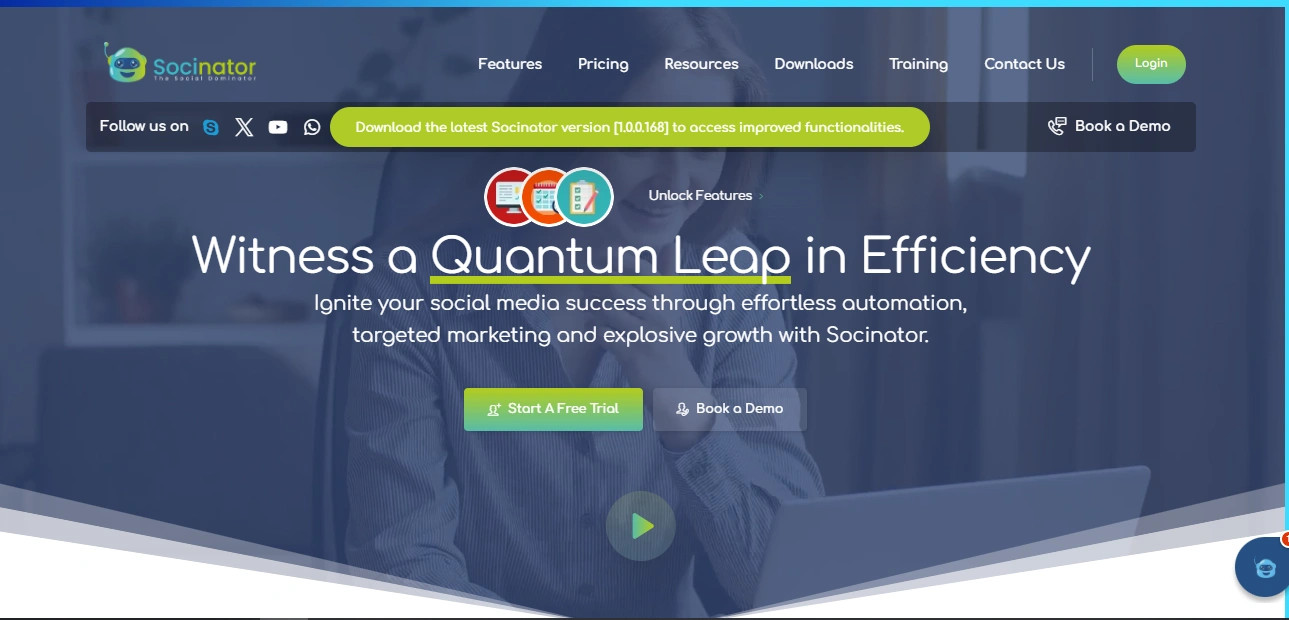 Building a strong customer-driven system becomes easier when brands use the right tools to manage conversations, analyze audience behavior, and maintain consistent interactions. Socinator aligns perfectly with this approach by automating social media engagement to make the audience more active, connected, and consistently engaged with your brand.
Building a strong customer-driven system becomes easier when brands use the right tools to manage conversations, analyze audience behavior, and maintain consistent interactions. Socinator aligns perfectly with this approach by automating social media engagement to make the audience more active, connected, and consistently engaged with your brand.
From smart scheduling to automated interactions, it ensures that every post reaches the right people at the right time, helping businesses nurture communities, boost visibility, and maintain a strong online presence without constant manual effort.
Manage Multiple Platforms Together:
Monitor conversations, track feedback, and stay connected across all major social channels from a single dashboard.
Smart Social Media Scheduling:
Stay consistently active by planning and scheduling posts in advance, keeping customers engaged without daily manual effort.
Content Management Made Simple:
Store, organize, and manage content in one place to deliver timely updates that matter to your customers.
Social Listening for Customer Insights:
Track mentions, conversations, and trends to understand customer needs—an essential part of any customer-focused growth approach.
Engagement Automation:
Automate basic interactions with your audience while preserving authenticity, so teams focus more on real customer connection.
Analytics That Reveal Customer Behavior:
Get performance insights (likes, shares, and comments on your posts) to understand what resonates and refine your CLG strategy based on real customer data.
Secure, Stress-Free Account Handling:
Manage accounts confidently with built-in safety features that protect brand interactions.
With the right tools like Socinator, brands can strengthen customer-led relationships and turn audience insight into meaningful growth.
How Customer Led Growth Enhances Product Development?
Customer involvement transforms product development from guesswork into a guided, data-backed process. By aligning decisions with real user needs, businesses build products that perform better and grow faster.
- Customer-Driven Feedback Loops:
Real user insights reveal what truly needs improvement, helping teams refine the product based on real-world behavior rather than internal assumptions. - Reduced Risk of Product Failure:
When customers validate ideas early through testing or feedback, teams avoid building low-value features and significantly improve launch success. - Better Feature Prioritization:
Usage data and customer input highlight high-impact features, allowing teams to focus resources on updates that matter most.
Because of these advantages, this customer-driven model becomes a powerful strategy for SaaS, tech companies, eCommerce brands, and even service-based businesses looking to build products that truly resonate with users and maintain long-term loyalty.
Common Mistakes Brands Make When Implementing Customer Led Growth
While the model is powerful, brands often face hurdles:
Collecting Feedback but Not Acting On It: This breaks trust instantly.
Over-Automating: Customer interactions should feel human.
Relying on Paid Customers for All Insights: Free users, trial users, and occasional buyers also provide valuable insights.
Measuring Only Sales: Customer emotions matter, too.
To succeed with customer led growth, brands must prioritize action, empathy, and consistency.
Real-World Industries Where Customer Led Growth Works Best
- SaaS platforms
- eCommerce brands
- Fitness and wellness
- Beauty and cosmetics
- EdTech and online learning
- Hospitality
- Coaching and consulting
Any industry that values relationships and customer sentiment can benefit from a customer-driven growth approach.
How To Know If Your Brand Is Ready For Customer Led Growth?
Your business is prepared if:
- You value customer opinions
- You prioritize long-term growth
- You’re open to transparency
- You aim to build emotional loyalty
- You see customers as partners, not just buyers
If these align, you’re ready to embrace customer led growth fully.
Conclusion
Growth today isn’t won by the brands that shout the loudest—it’s won by the ones that listen with intent. Customer led growth gives businesses the clarity to build what people truly want, strengthen trust, and create experiences that naturally inspire loyalty. When companies lean into real customer voices, they unlock a growth engine that is sustainable, authentic, and built for the long term.
To make this process even smoother, tools like Socinator help brands stay consistent, understand audience behavior, and amplify customer-driven conversations, making CLG easier to execute at scale.
FAQs
1. How does customer-led growth differ from traditional marketing?
Well, traditional marketing is all about pushing messages out to customers, while customer-led growth focuses on really listening, adapting, and crafting strategies based on genuine customer behavior and feedback.
2. Can small businesses adopt customer-led growth?
Absolutely! You don’t need a massive budget for CLG; what you really need is to actively listen, engage consistently, and enhance your product or service based on what your customers actually want.
3. How does social media play a role in customer-led growth?
Social media serves as a dynamic hub for real-time feedback and engagement, allowing brands to gauge customer sentiment, foster advocacy, and cultivate authentic relationships that fuel organic growth.


